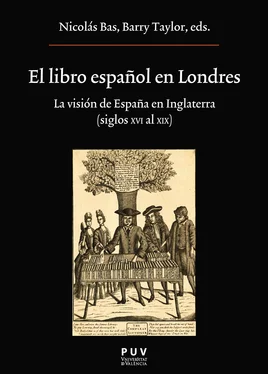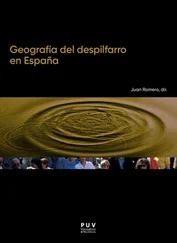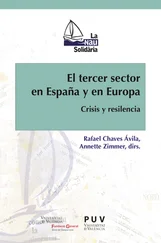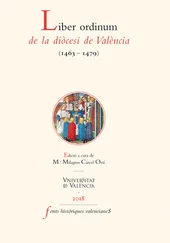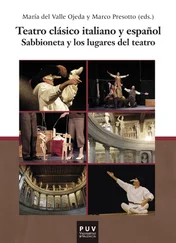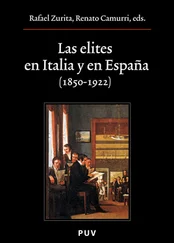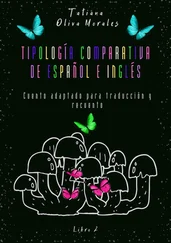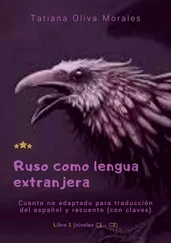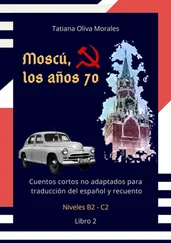Y de la alta bibliofilia pasamos al coleccionismo más asequible a través de los denominados chapbooks , que incluían un amplio abanico de literatura popular, tales como romances, relaciones, coplas, coloquios, pasillos y relaciones de comedias. Obras menores, pero no por ello menos significativas, que fueron adquiridas como explica Geoff West, de la British Library, por el British Museum durante el siglo XIX. Un fondo que la posterior Biblioteca Británica adquiriría a través de subastas y donaciones procedentes de importantes bibliotecas privadas inglesas, caso de la de Thomas Holcroft, John Black o Grenville, entre otras. Lotes fundamentales para conocer la cultura popular española de los siglos XVI al XVIII, ahora explicados a través de una cuidada selección de piezas conservadas en la biblioteca londinense.
No quisiéramos acabar estas palabras sin agradecer a todas aquellas instituciones que han hecho posible esta edición. En especial a la Embajada de España en Londres, a través de su consejero para Asuntos Culturales y Científicos, D. Fernando Villalonga; a la British Library, por prestarnos su impagable apoyo institucional y logístico para celebrar la Jornada, y cuyo fruto es este libro; a la Fundación Cañada Blanch, por contribuir a afianzar las relaciones culturales hispano-inglesas, con su apoyo a esta edición; a la British Spanish Society, que, en los 100 años de su creación, ha incluido este libro como uno de sus principales proyectos; a la Bibliographical Society, por difundir la Jornada en su prestigiosa revista, The Library ; al Instituto Cervantes de Londres, y, por supuesto, a la Universitat de València, que no dejó que las palabras se las llevara el viento.
NICOLÁS BAS MARTÍN
BARRY TAYLOR
En el IV Centenario de Cervantes y Shakespeare
LOS LIBROS ESPAÑOLES DEL DR. WILLIAM BATES (1625-1699) EN LA DR. WILLIAMS’S LIBRARY DE LONDRES
Barry Taylor British Library
Domingo 17 de agosto de 1662, los propietarios de las dos mayores bibliotecas españolas de Londres se hallaban bajo el mismo techo. Un episodio que se produjo en la iglesia de St. Dunstan in the West, en Fleet St. En el auditorio estaba Samuel Pepys y en el púlpito oraba el Dr. William Bates. Pero no conversaron de libros, tal y como explica Pepys en su diario:
(Lord’s day). Up very early, this being the last Sunday that the Presbyterians are to preach, unless they read the new Common Prayer and renounce the Covenant, and so I had a mind to hear Dr. Bates’s farewell sermon, and walked thither, calling first at my brother’s, where I found that he is come home after being a week abroad with Dr. Pepys, nobody knows where, nor I but by chance, that he was gone, which troubles me. So I called only at the door, but did not ask for him, but went to Madam Turner’s to know whether she went to church, and to tell her that I would dine with her; and so walked to St. Dunstan’s, where, it not being seven o’clock yet, the doors were not open; and so I went and walked an hour in the Temple-garden, reading my vows, which it is a great content to me to see how I am a changed man in all respects for the better, since I took them, which the God of Heaven continue to me, and make me thankful for.
At eight o’clock I went, and crowded in at a back door among others, the church being half-full almost before any doors were open publicly; which is the first time that I have done so these many years since I used to go with my father and mother, and so got into the gallery, beside the pulpit, and heard very well. His text was, «Now the God of Peace–;» the last Hebrews, and the 20th verse: he making a very good sermon, and very little reflections in it to any thing of the times. Besides the sermon, I was very well pleased with the sight of a fine lady that I have often seen walk in Graye’s Inn Walks, and it was my chance to meet her again at the door going out, and very pretty and sprightly she is, and I believe the same that my wife and I some years since did meet at Temple Bar gate and have sometimes spoke of. So to Madam Turner’s, and dined with her. She had heard Parson Herring take his leave; tho’ he, by reading so much of the Common Prayer as he did, hath cast himself out of the good opinion of both sides. 1
La biblioteca de Pepys (con 185 títulos identificados por Gaselee, ahora en el Magdalene College Cambridge) 2y sus comedias y pliegos poéticos están bien estudiados. 3Por el contrario, la de William Bates no ha recibido la misma atención. El único estudio hasta la fecha es el de Ángel García y esta comunicación es una glosa a su trabajo de 1990. 4
Estos libros se encuentran hoy en día en la Dr. Williams’s Library, que abrió sus puertas al público en 1730 y, después de varios retoques, ocupa el número 14 de Gordon Square. Daniel Williams (c. 1643-1716) era un sacerdote presbiteriano y por consiguiente se involucró en controversias no-conformistas que no es de mi competencia explicar. 5Cuando Bates falleció en 1699, Williams compró su biblioteca entera, por el precio de «between five and six hundred pounds». 6
Aquí conviene hacer un repaso breve de la vida de este personaje. Nació en Bermondsey (ahora en Londres) en 1625. Como Williams, obtuvo el título de Doctor en Teología en Cambridge, y murió en 1699.
David L. Wykes le tilda de «clergyman and ejected minister». En 1662 se promulgó una ley, The Act of Uniformity , que exigía que los sacerdotes aceptaran el Book of Common Prayer (breviario de la iglesia anglicana). Bates era de los estimados 2.500 que se negaron y fueron expulsados de la Iglesia de Inglaterra. Como se vio en el extracto de su diario, Pepys acudió a oír el último sermón del famoso predicador. Sin embargo, Bates había participado en tentativas de reconciliación. Su talento oratorio le ganó el sobrenombre de «silver Bates». 7Escribió muchas obras en inglés (que ocupan cuatro tomos en la edición de 1815), todas sobre religión, y editó una colección en latín: Vitae selectorum aliquot virorum qui doctrinâ, dignitate, aut pietate inclaruere (1681). Después de la carrera no parece haber salido de Londres, y mucho menos de Inglaterra. Su biblioteca se conoce gracias a un catálogo de la Dr. Williams’s Library de 1727: Bibliothecae quam vir doctus, & admodum Reverendus, Daniel Williams, S.T.P. Bono publico legavit, catalogus , Londini, Typis Jacobi Bettenham, 1727. Contiene 3.861 fichas. La estructura es la típica de los catálogos de su época, por formato y lengua:
Libri in folio
– Litera A
– Latini, Graeci, &c.
– Italici & Gallici [Gall. Ital. Hisp.]
– English
Libri in quarto […]
Libri in octavo, & minoribus Formis
Las fichas catalográficas son muy correctas. La tradición dice que los libros italianos y españoles del catálogo de 1727 son de Bates. Stephen Kay Jones escribió en 1947: 8
Let me say straight away that the catalogue itself gives no help whatsoever in distinguishing the books which constituted Dr. Bates’s Library from Williams’s own. A fair number have the owner’s name on the title-page, «D. Williams», plain and unadorned, or «Sum Gulielmi Bates», generally with the Greek motto: «Eρχεται νυξ (‘The night cometh’) [John 9.4]; less often with one or other of two Latin mottoes, “ aeternitatem cogita ” or “ vivere desisto, vivere ut incipiam ”». There are a number of books published after Bates’s death [1699] which must, of course, have been added by Williams himself. The evidence of these and of the autographs, added to our general knowledge of the characters of the two men, may justify us in surmising that we owe to Williams and Bates equally the most solid theology; and to the silver-tongued Bates the belles-lettres, in especial the numerous Italian and Spanish books… [Añádase que Bates escribe a veces «ex dono reginae pecuniae» 9y una vez «londinatis»]. 10
Читать дальше
